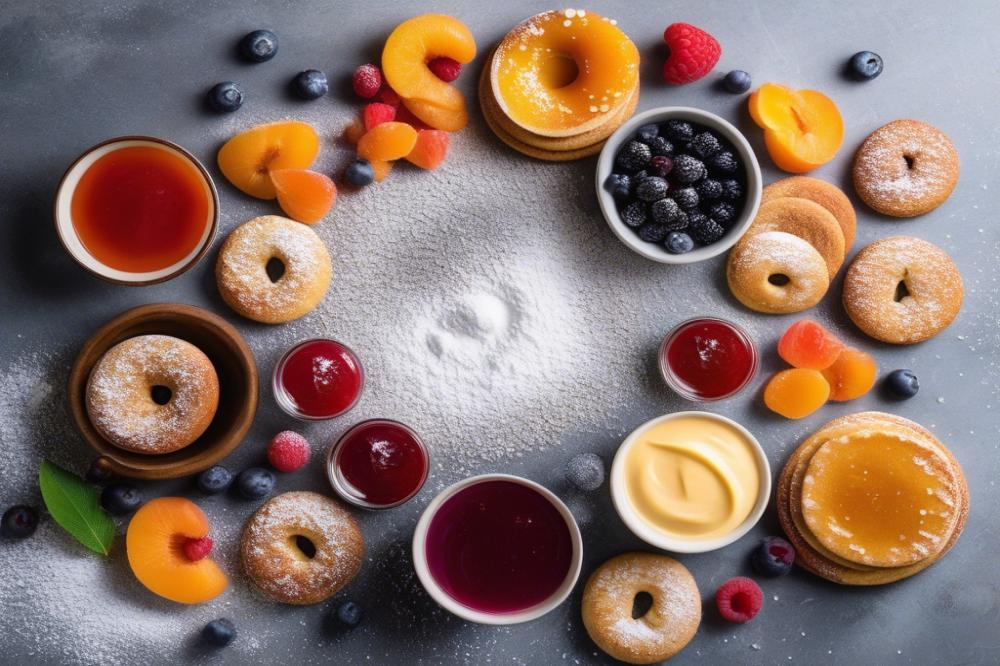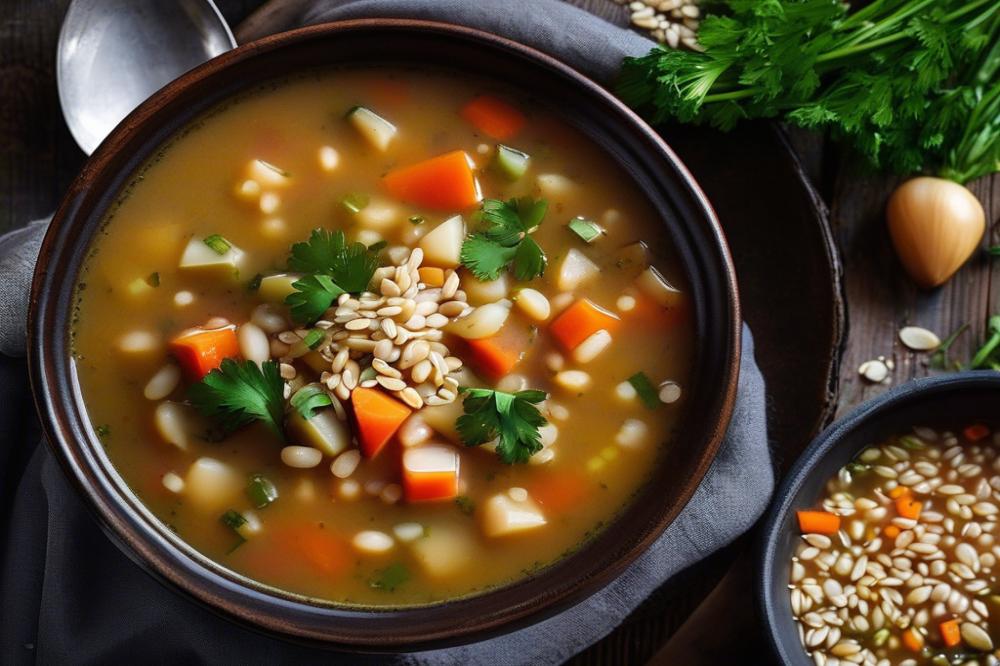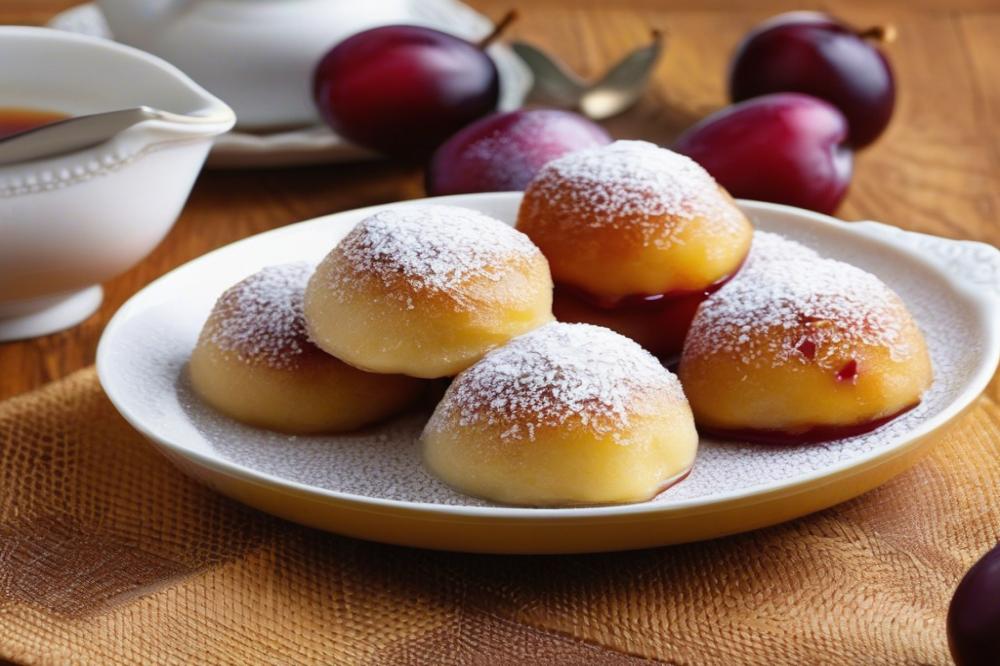Rogaliki Recipe: Traditional Polish Crescent cookies
Rogaliki are a beloved treat in Poland. These crescent-shaped cookies are often filled with various sweet fillings, such as fruit preserves or nuts. Traditionally, they are enjoyed during festive occasions and family gatherings. The charm of Rogaliki lies not just in their taste, but also in their connection to Polish culture.
Within Polish cuisine, these cookies hold a special place. They represent home baking at its finest. Many families pass down their recipes from one generation to another, creating cherished memories in the kitchen. Making these pastries together can be a bonding experience. Baking Rogaliki brings comfort to many, evoking feelings of nostalgia and warmth.
During holidays, these sweet treats take center stage. They are often featured in holiday recipes, especially during Christmas and Easter celebrations. Preparing Rogaliki for such occasions is a tradition in many households. They symbolize joy and togetherness, making them more than just a dessert; they are a part of festive spirit.
Rogaliki: A Classic Polish Recipe
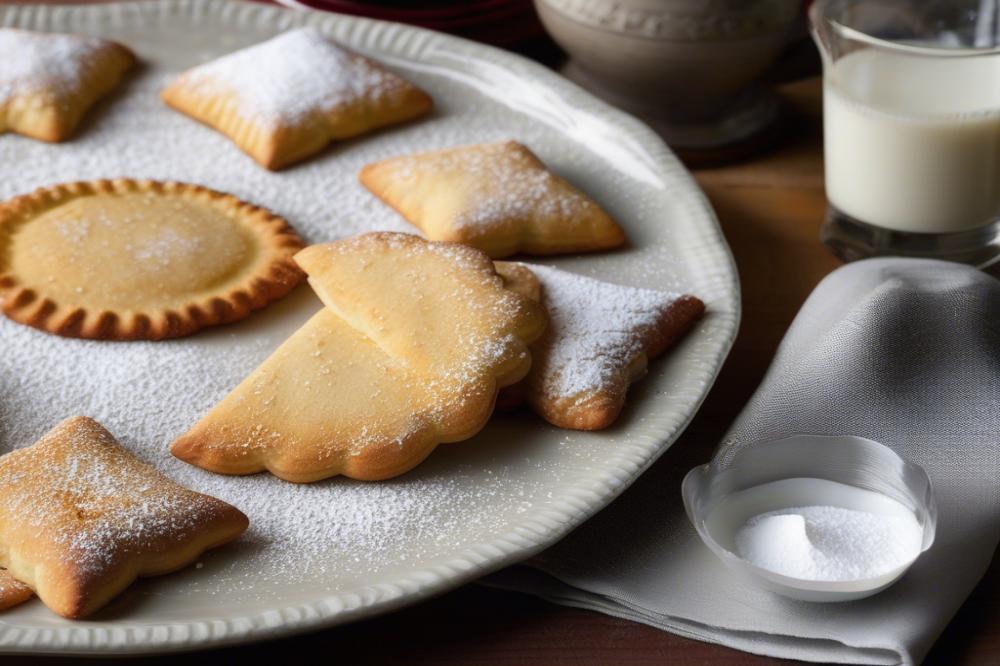

Rogaliki are delightful pastries with a recognizable crescent shape. They are a popular choice for many families celebrating holidays or simply enjoying sweet treats at home. This traditional recipe holds a special place in Polish cuisine. Each bite offers a tenderness that melts in your mouth, making them a favorite dessert across the country.
The history of these cookies stretches far back, connected to Poland’s rich cultural heritage. Rogaliki have evolved over time. Each region of Poland boasts its own variations. Some families follow age-old traditions while others incorporate modern twists. This dynamic nature keeps the recipe alive and relevant today. It reflects the blend of history and creativity found in Polish baking.
When it comes to fillings, a variety of options is available. Jam, particularly fruit preserves like apricot or raspberry, is a classic choice. Nut fillings, such as ground walnuts or almonds, also add a rich flavor. Some people even favor chocolate for a more indulgent treat. Using these fillings makes each batch feel personal and special. Home baking with loved ones transforms the process into a memorable occasion, whether it’s for a festive gathering or an everyday dessert.
Ingredients and Cooking Instructions
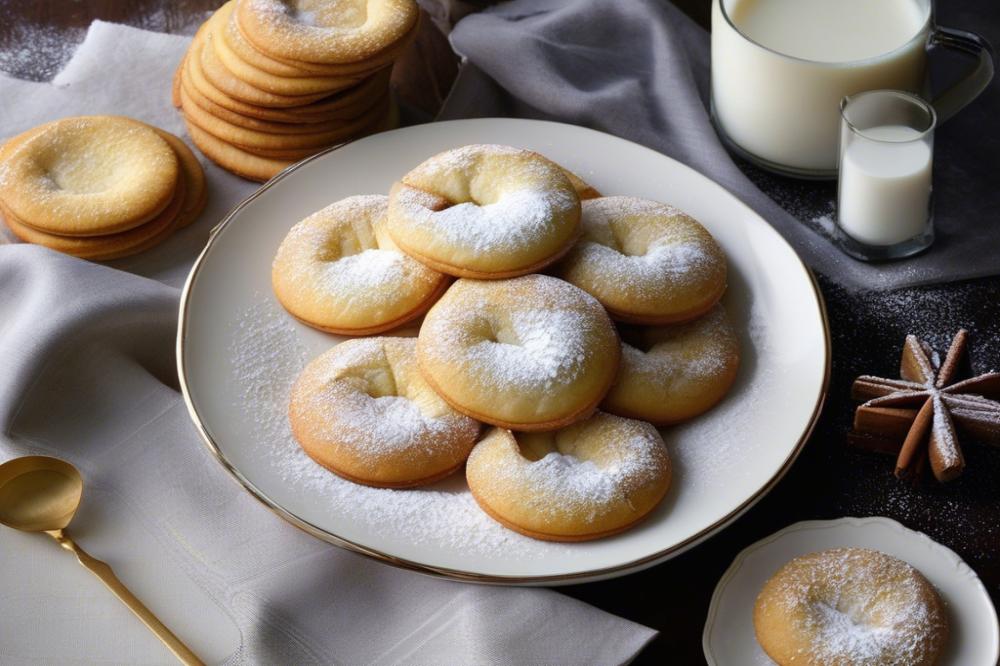

To create these delightful traditional cookies, gather the following ingredients:
- Flour: 3 cups
- Butter: 1 cup
- Cream cheese: 8 oz
- Powdered sugar: 1/4 cup
- Vanilla extract: 1 tsp
- Salt: 1/2 tsp
- Jam or fruit filling: 1 cup (such as apricot, raspberry, or your favorite)
- Egg wash: 1 egg (for brushing)
Nutritional information varies based on the specific ingredients used, but here’s a roughly estimated breakdown:
- Calories per serving: 150-200
- Protein: 2g
- Carbohydrates: 20g
- Fat: 8g
- Sugar: 4g
Step-by-step cooking instructions
First, prepare the dough. In a large mixing bowl, combine the butter and cream cheese. Mix these until they become light and fluffy. Gradually add the flour, powdered sugar, vanilla extract, and salt. Blend until a cohesive dough forms. It’s important not to overwork the dough, as this can result in tough cookies.
Next, chill the dough. Wrap it in plastic wrap and refrigerate for about an hour. Chilling helps the butter solidify, making it easier to roll out later.
Now, roll out the dough on a floured surface until it’s about 1/8 inch thick. Cut the rolled dough into triangles. Each triangle should have a wide base and a pointed tip, similar to pizza slices.
Once you have your triangles, it’s time for the filling. Place a small spoonful of your chosen jam or fruit filling near the base of each triangle. Roll the triangles from the base to the tip, forming crescents. Make sure to tuck the ends slightly for a neat appearance.
Before baking, prepare the egg wash by beating the egg. Brush the tops of each cookie with this egg wash for a nice golden finish. Preheat your oven to 375°F (190°C) and line a baking sheet with parchment paper. Bake the cookies for about 20-25 minutes or until they are lightly golden brown.
These easy recipes showcase the essence of Polish cuisine, perfect for any holiday or gathering. Enjoy the sweet treats warm from the oven or at room temperature!
Serving Suggestions and Variations
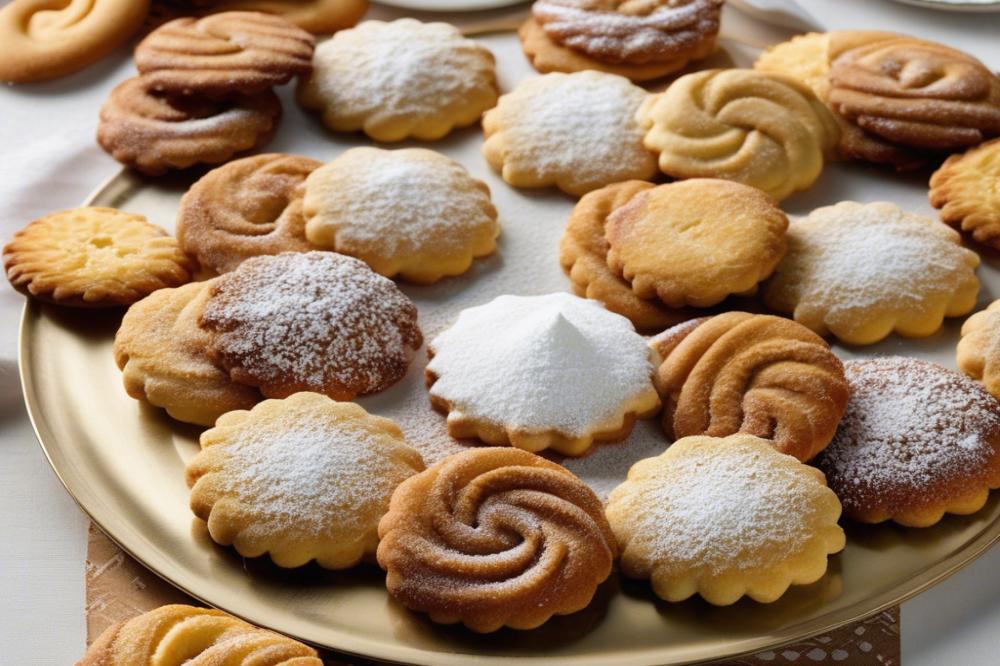

Rogaliki can be enjoyed in many delightful ways. These traditional cookies are best served fresh, allowing their flaky texture to shine. Consider pairing them with a warm beverage like coffee or tea for a comforting treat. For a festive touch, dust the pastries with powdered sugar just before serving. This adds a sprinkle of sweetness and makes them visually appealing.
Popular Variations in Filling Choices
Popular fillings can transform these delightful pastries. A classic option is fruit preserves, with apricot and raspberry being favorites among Polish families. Some people prefer nut fillings, such as ground walnuts or almonds mixed with cocoa and sugar. Chocolate lovers often opt for a creamy chocolate filling, making these cookies even more indulgent. For a twist, try using poppy seed paste, a filling that is both flavorful and deeply rooted in Eastern European desserts.
Tips for Making Them Gluten-Free or Dairy-Free
Adapting Rogaliki for gluten-free diets is surprisingly easy. Use a gluten-free flour blend to replace regular flour. Ensure you pick a blend that works well for pastries, as it can maintain the desired texture. Dairy-free options are also accessible. Substitute butter with coconut oil or a dairy-free margarine. For added richness, consider almond milk or soy milk in the dough. These adjustments help create equally delicious versions of this Polish pastry, suitable for everyone to enjoy.
Cultural Significance of Rogaliki
Rogaliki hold a special place in Polish celebrations. Families often prepare these delightful cookies during important events. They are a staple at holidays like Christmas and Easter. At these gatherings, the scent of baking pastry fills the air. Sharing these sweet treats strengthens family bonds and brings back cherished memories.
These crescent cookies have similarities to pastries found in other cultures. For instance, the French have croissants, which also feature a buttery, flaky texture. In Greece, there are kourabiedes, sweet cookies that come with powdered sugar. These international treats share a connection to warm gatherings and festive occasions.
Many people carry fond stories of baking Rogaliki with their loved ones. One family might recall a grandmother teaching them the traditional recipe, passing down knowledge and love. Another might remember the first time they hosted a holiday dinner and included these cookies as a highlight. Such personal anecdotes enrich the culture surrounding these beloved desserts.
Ultimately, Rogaliki are more than just cookies. They represent comfort, tradition, and togetherness. In Polish cuisine, their role extends beyond mere dessert; they symbolize the heart of home baking. Every batch baked tells a story, connecting past events with present celebrations.
Wrapping Up the Joy of Making Rogaliki
Making these delightful crescent cookies brings a special charm into any kitchen. With simple ingredients and straightforward steps, they offer an enjoyable experience for bakers of all skill levels. The process of rolling dough and shaping each piece can be quite therapeutic. As you fill them with sweet jams or nuts, the aroma fills the air, creating a cozy atmosphere that invites everyone to gather around.
Baking is not just about the end product; it’s about creating memories. These treats are perfect for holiday celebrations or just an afternoon snack. When shared with family or friends, they can spark joy and foster connections. Even if you’ve never tried this traditional recipe before, now could be the perfect time to dive in.
Don’t hesitate to explore various fillings or add your twist to the recipe. Experimenting with flavors can lead to some delightful surprises. We encourage you to take the leap and enjoy the satisfaction of pulling a warm batch from the oven, each bite revealing its flaky goodness.
Have you made this treat before? Perhaps you have your own stories or tips to share about Rogaliki or other classic Polish recipes. Your experiences can inspire others to engage in this rewarding tradition. Let’s keep the love for baking alive and celebrate these time-honored practices together.

